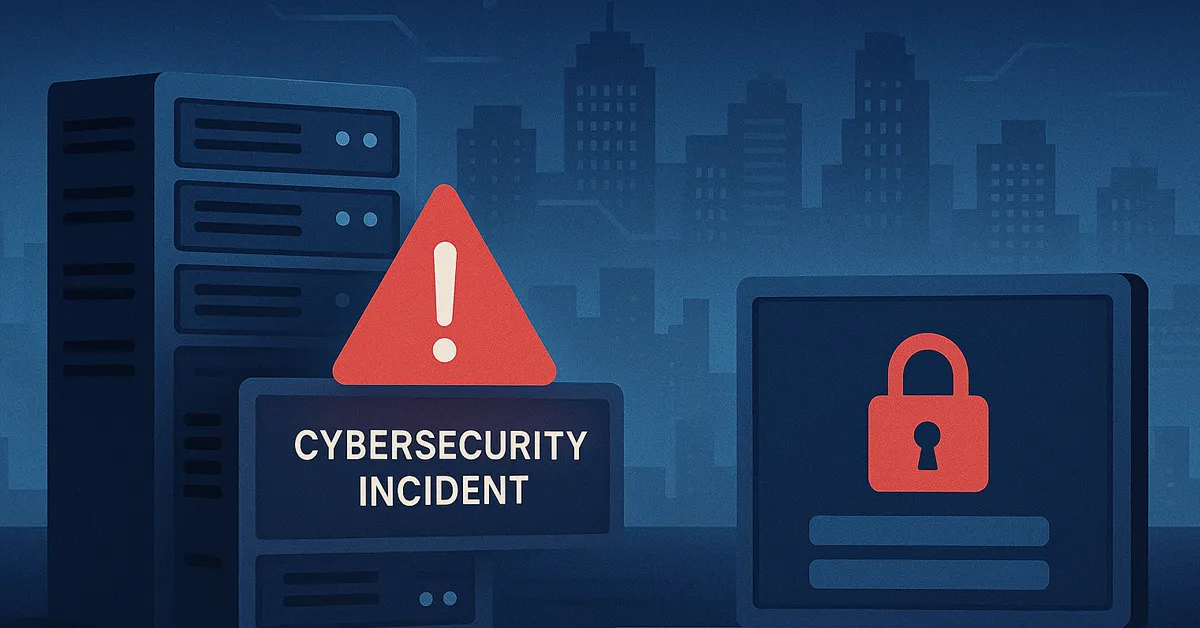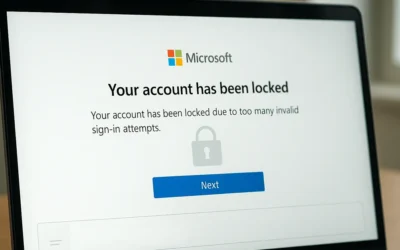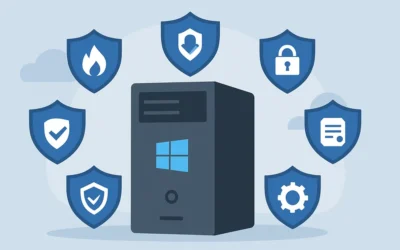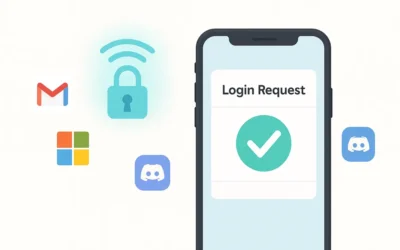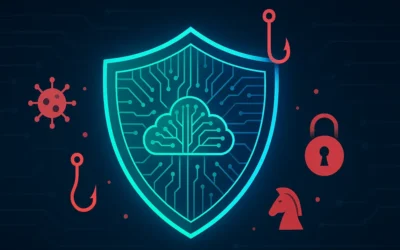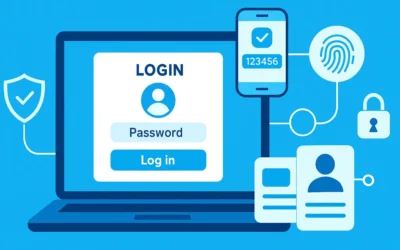Imagine waking up to find that your company’s sensitive data has been compromised, operations are halted, and customers are left in the dark. In today’s hyper-connected world, this nightmare is a reality for many organizations. Cybersecurity incidents are not just headlines—they are urgent warnings exposing vulnerabilities that businesses must address proactively.
This guide explores real-world cases, critical lessons, and actionable strategies for IT professionals, business owners, and tech leaders to strengthen cyber resilience.
Understanding the Cyber Threat Landscape
Cyber threats have evolved dramatically. From ransomware to massive data breaches, the costs—financial and reputational—are staggering. According to the IBM Cost of a Data Breach Report, the global average cost of a breach reached $4.45 million in 2023.
Key Factors Driving Cyber Threats
- Global Connectivity: The digital world provides cybercriminals a vast attack surface.
- Advanced Techniques: Sophisticated tactics like phishing, zero-day exploits, and ransomware evolve rapidly.
- Human Error: Weak passwords and phishing remain leading breach causes.
- Rapid Digital Transformation: Fast adoption of cloud and SaaS often overlooks strong security practices.
Real-World Cybersecurity Incidents: Lessons Learned
Case Study 1: The WannaCry Ransomware Attack
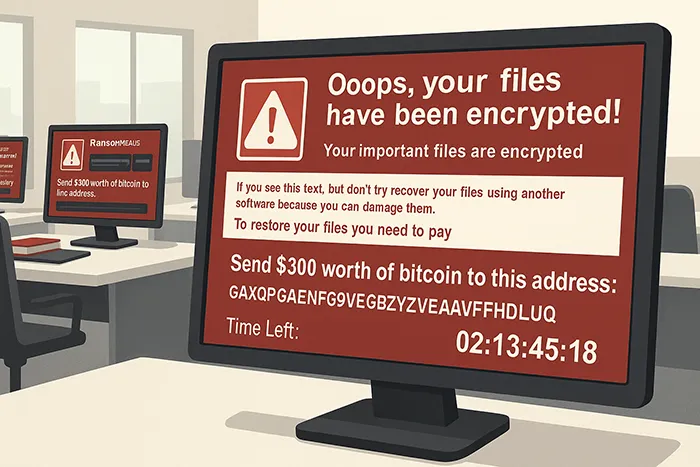
In 2017, WannaCry infected over 200,000 computers across 150 countries. Hospitals, banks, and governments were disrupted, showing how outdated systems and poor patching create catastrophic vulnerabilities.
- Update Regularly: Unpatched systems were the key vulnerability.
- Educate Employees: Awareness training against phishing is essential.
- Backup Data: Regular offline backups reduce reliance on ransom demands. See our guide on cybersecurity tools.
Case Study 2: The Equifax Data Breach
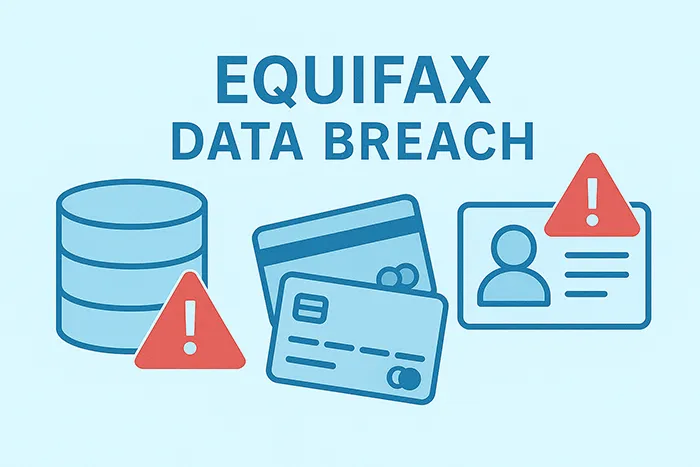
Equifax’s breach was caused by an unpatched Apache Struts vulnerability, compromising names, social security numbers, and financial data of millions of people.
- Patch Management: Apply critical updates immediately.
- Risk Assessments: Continuous vulnerability testing is vital.
- Data Encryption: Encrypt sensitive data in transit and at rest. Learn more in our data encryption guide.
Case Study 3: The SolarWinds Supply Chain Attack
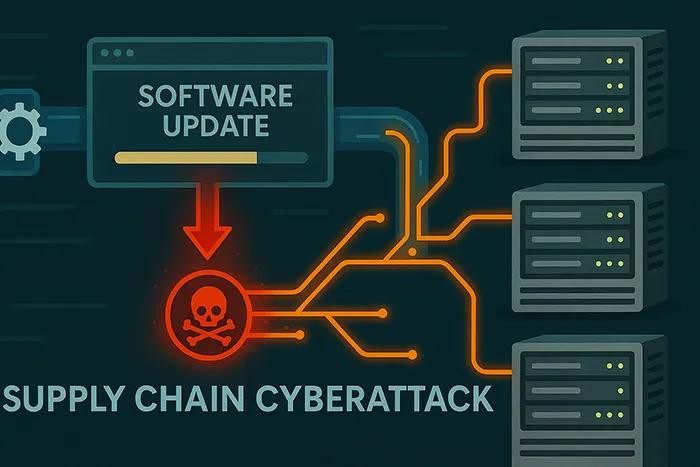
In 2020, attackers compromised SolarWinds’ Orion software updates, impacting Fortune 500 companies and U.S. government agencies. It underscored the vulnerabilities hidden in vendor ecosystems.
- Supply Chain Security: Vet and monitor third-party vendors continuously.
- Multi-Factor Authentication (MFA): Enforce MFA across all critical accounts. See our Zero Trust Security guide.
- Continuous Monitoring: Detect anomalies quickly with advanced tools.
Step-by-Step Guide to Cybersecurity Incident Response
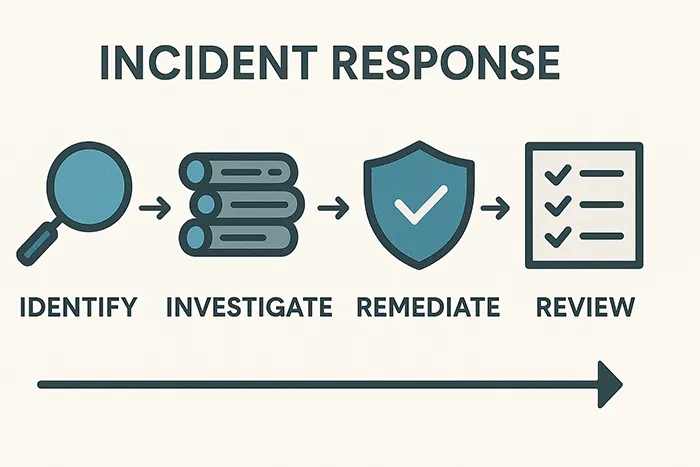
Step 1: Identify and Contain
- Use SIEM tools to detect suspicious activity.
- Isolate compromised systems immediately.
Step 2: Investigate Thoroughly
- Collect forensic evidence like logs and memory dumps.
- Identify root cause and breach entry points.
Step 3: Remediate and Recover
- Patch vulnerabilities and strengthen defenses.
- Restore clean backups for business continuity.
Step 4: Post-Incident Review
- Conduct a lessons-learned meeting.
- Update policies and response playbooks.
Cybersecurity Strategies: Which One Fits?
- Traditional Antivirus + Firewall: Baseline defense but limited against advanced attacks.
- Next-Gen Firewalls (NGFW): Add intrusion prevention and app-level control.
- Endpoint Detection and Response (EDR): Real-time detection with automated response.
- Zero Trust Model: Enforce “never trust, always verify.” Learn more in our Zero Trust guide.
Best Practices & Recommendations
- Conduct regular penetration tests and security audits.
- Implement MFA and strong password policies.
- Encrypt sensitive data with industry best practices.
- Train employees frequently on phishing and cyber hygiene.
Future Trends in Cybersecurity
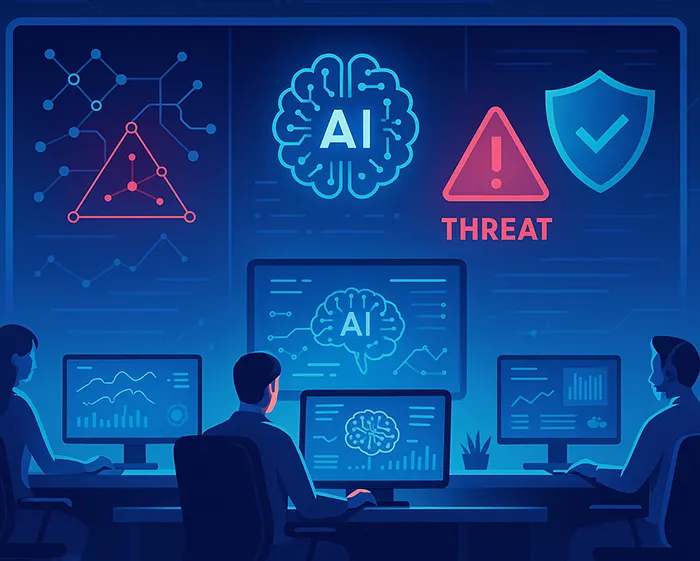
- AI-Driven SOCs: AI-powered systems analyzing threats in real time.
- Automated Incident Response: Tools handling incidents with minimal human input.
- Privacy Regulations: Expanding compliance frameworks worldwide.
Final Thoughts: Stay Vigilant, Stay Prepared
Cybersecurity is not about achieving 100% protection—it’s about building resilient, responsive systems ready to withstand and recover from incidents. By learning from past events, adapting policies, and investing in proactive tools, businesses can stay one step ahead of attackers.
For more insights on automation and defense, see our article on The Future of Network Automation.
Frequently Asked Questions (FAQs)
What are the most common causes of cybersecurity incidents?
Human error, outdated systems, phishing, and supply chain vulnerabilities are leading causes of cybersecurity incidents.
How can businesses protect against ransomware?
Maintain offline backups, patch vulnerabilities quickly, and train staff on phishing prevention. Learn more in our Cybersecurity Tools Guide.
Is Zero Trust suitable for small businesses?
Yes. Zero Trust principles like MFA, least privilege, and network segmentation scale for businesses of any size.
Why is supply chain security critical?
Because attackers often exploit vendor relationships. Organizations must continuously monitor and audit third-party access.

